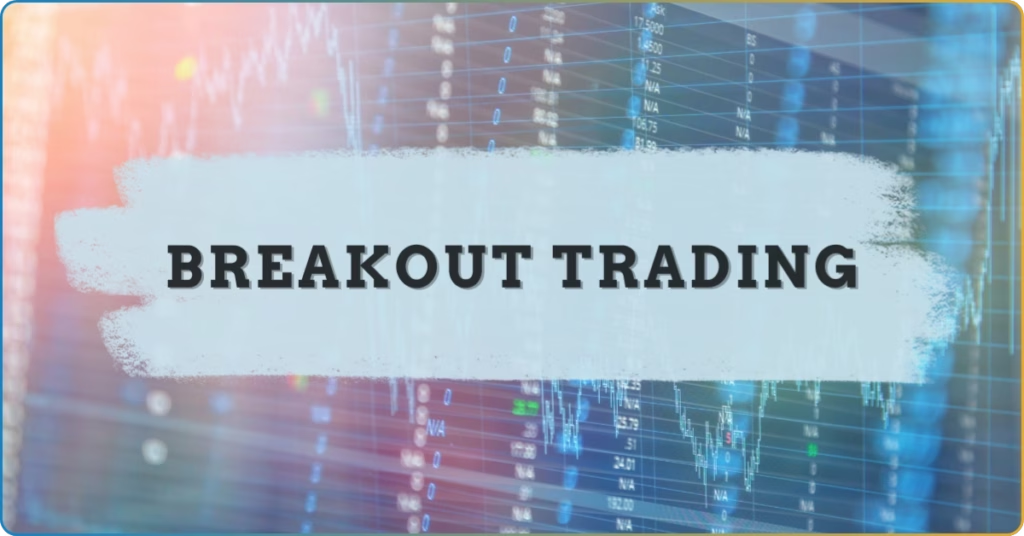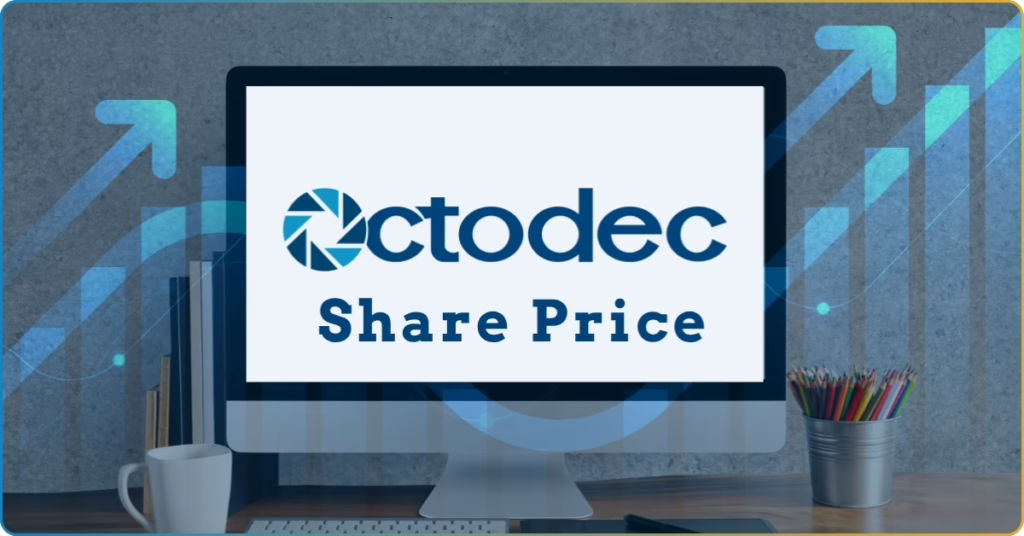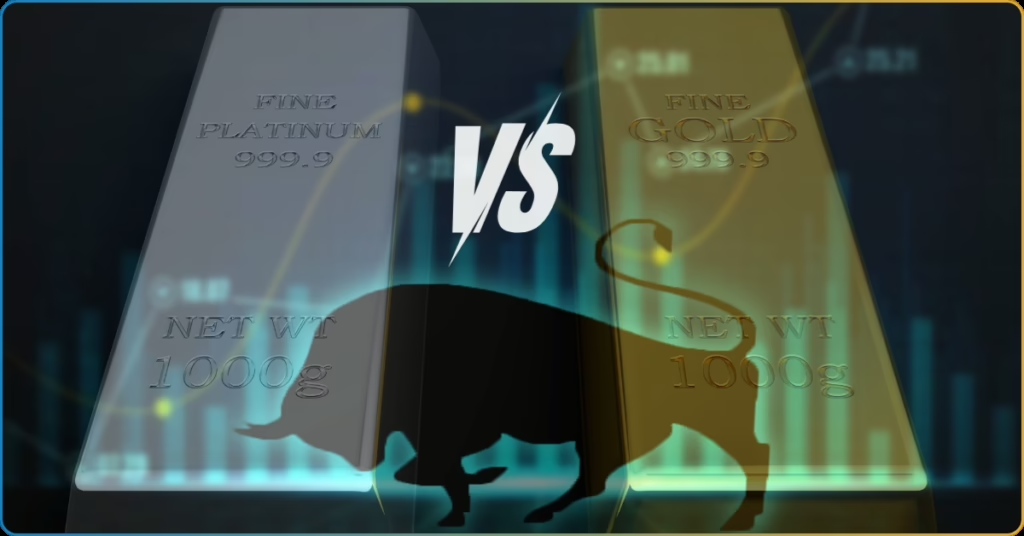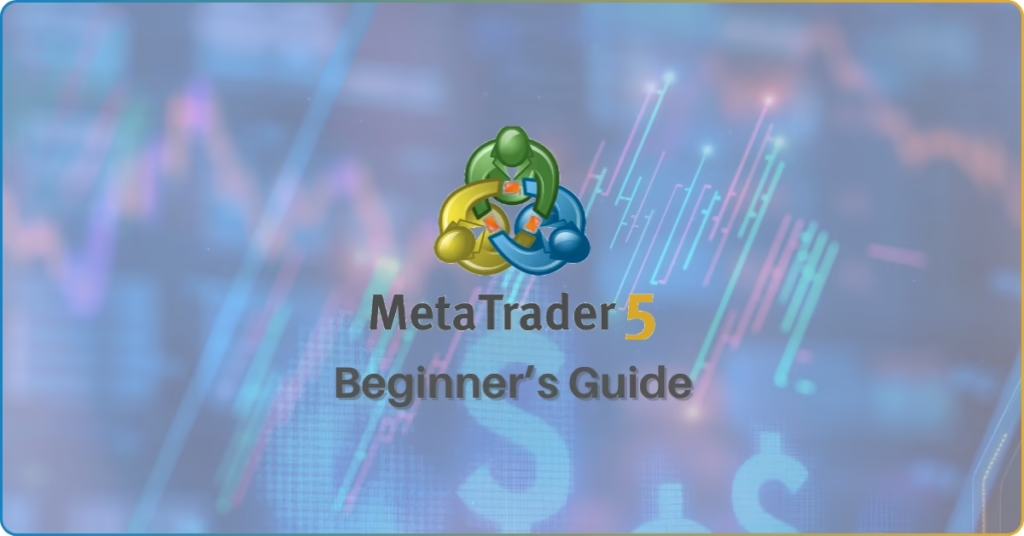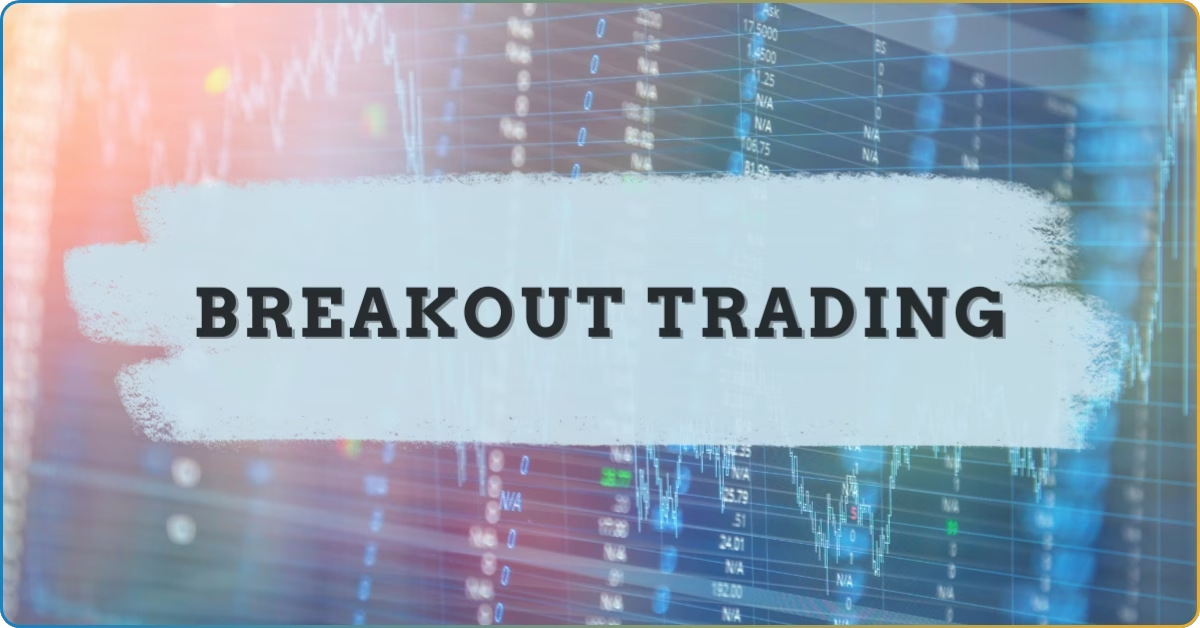Traditionally, foreign exchange follows a somehow time-consuming process of trade execution. Forex traders back then had to call their brokers to tell them to execute a trade on their behalf.
Thankfully, this has long gone. As technological advancements continue, forex traders have found it easy to execute their trades—even having the option to automate their trade execution based on their prospect profit or risk tolerance.
In this article, you’ll explore the different types of forex orders you can use to control and improve your trade execution. Discover their functionalities and the best practices in effectively using such orders for forex trading.
What is a Forex Order and How Does it Work?
Literally speaking, setting forex orders is your way of instructing your brokers to enter or exit a trade on your behalf. This trade execution may be at the best available present price or your preferred future price.
With that, it’s safe to assume that there are different forex order types you can use to help you execute a trade at the market level you find most optimal. This includes the primary order types like;
- Market Order
- Limit Order
- Stop Order
Each one of these serves different functions to ensure your trade profitability and safety.
Market Significance of Forex Orders
Timing is important to forex trading. With a properly timed entry and exit, you benefit from the following;
- Locking in a floating profit
- Mitigating market and trade risk
- Avoid losing money rapidly and furtherly
However, the forex market is volatile. It moves and spikes occasionally and changes prices as fast as microseconds. Always set forex orders to ensure you’re on top of your trading game.
When you set a forex order, you must specify which currency pair you want to buy or sell, the lot size, and the market price at which you want your order executed.
Types of Forex Orders
In forex trading, there are three main order types. While there are other and less common forex orders, these three are the ones that you usually need.
Here are the three common forex orders and the pros and cons of using them:
| Trade Orders | Different Types | Advantages | Disadvantages |
|---|---|---|---|
| Market Order | Buy Market Order Sell Market Order | Immediate execution High probability of trade execution | High chance of slippage |
| Limit Order | Buy Limit Order Sell Limit Order | High probability of execution on favorable price Free from negative slippage Automated Can be cancelled or modified before the execution | Unguaranteed execution Unsuitable for active traders (scalpers or day traders) |
| Stop Order | Buy Stop Sell Stop Trailing Stop | Effective risk mitigation tool Automated | Unsustainable for long-term traders High chance of slippage |
As you already know, the forex market is volatile. It moves up and down, from time to time, and with different intensities. Knowing how these order types help your trade execution will surely be a game changer for your trade safety and profitability.
What is a Market Order?
This is the most common forex order you’ll encounter when trading in any financial market. As the name suggests, market orders involve buying and selling of the asset at market, or at the current market price.
When you set this forex order, you want your trade to enter or exit at the current market price, as soon as the order is placed.
This order is mainly used by scalpers and day traders because these types of forex traders enter and exit trades quickly, seeking to profit from the very small market price movement.
There are two types of market orders:
- Buy Market Order: A forex order that immediately executes a long (buy) position at the current market price.
- Sell Market Order: A forex order that immediately executes a short (sell) position.
How It Works: James Placing a Buy Market Order
Currently, EUR/USD is trading at James’ broker at the bid price of 1.2100 and ask price of 1.2102. With the prevailing negative market sentiment towards the USD today, James has decided to buy EUR/USD at the market, or the exact price it’s trading at the moment.
Once James executes a Buy Market Order at the prevailing price, his broker will sell the EUR/USD to him at the price of 1.2102 (ask price), and his long position enters the forex market immediately.
Are my market order really executed at the selected price
One known nature of forex is its volatility. With this, you should expect the current price to spike from time to time, even in a millisecond!
Thus, while market orders ensure immediate execution, they don’t guarantee trade execution at the price you’ve selected. This execution event is known as slippage, or when your trade is executed at a different price than intended.
To avoid market slippage, you should place limit order instead of market order.
What is a Limit Order?
A Forex limit order is your instruction to your broker to execute your trade at your specified but acceptable price limit. Basically, you use this order to guarantee that your trade is executed at a later price you specify, which is better than the present market prices.
But what does acceptable constitute? When you place limit orders, your buy limit price should be below the current price or above the current price if selling.
This way, the price you set is favorable to your trade position. After all, limit orders are offered for you to enter or exit the market at better market prices.
Here are the two types of forex limit order:
Buy Limit Order
A buy limit (also known as a “limit entry order”) is your way of executing a long trade position at or below a specified price.
Once the market reaches the price level you set, your order will be triggered, and it will open a trade on your behalf.
Sell Limit Order
A sell limit order is a type of limit order that instructs the broker the trader is not selling the trade under the specified limit price.
When you set a limit order to sell your position, the price limit should be above the current market. This way, your trade exits the market at the highest possible price, locking in the most optimal profit for you.
What is a Stop Order?
Forex stop orders function almost similarly to the limit orders. In fact, both are instructions to execute their trades at a future price level on your behalf.
The main difference between the two is that stop orders are used as protective orders. You place these orders to prevent further losses or protect your trades’ profits once the market moves against your position.
Stop Order Types
You can use two types of stop orders depending on the direction of your trade. Remember, when you place a stop order, you tell your broker to buy a trade position above the current market or sell it below.
Buy Stop Order
The buy-stop order will only be triggered once the market price rises to a certain level you’ve set. Essentially, you place a stop order when you expect the market to be volatile before continuing an upward trend.
This way, your long position doesn’t suffer when the market doesn’t trend upward or when it reverses.
Sell Stop Order
A sell-stop order is similar to a buy-stop order, only it takes the opposite direction of the market. When you set a sell-stop order, you instruct your broker to sell your position once the price falls to a level you’ve set.
Remember, both your buy and sell stop orders must be based on your risk appetite and trading goals.
Pending Orders: Limit vs. Stop
As mentioned, limit and stop orders function almost similarly because both are pending orders. Pending orders are those instructions brokers receive from their traders to execute a long or short position on specified prices.
By definition, the two are completely different from one another.
Essentially, a limit order is an order to buy or sell a security at a specified price or better. Once the market reaches the specified price, your order is activated, and the trade is executed at that price or better.
A stop order is an order placed to buy or sell a security once the price reaches a certain level, known as the stop price. Once the market reaches the stop price, the stop order is activated, and it becomes an order to buy or sell the security at the best available price.
You don’t expect the trade to be executed immediately when you set these orders. Ultimately, you know that there’s a chance for your trade to not be executed because the market may not pass through the price you set.
To recap:
- A limit order (buy and sell limit order) is used to enter or exit a position at a specific price or better.
- A stop order (buy-and-sell stop order) limits potential losses or allows the trader to enter once the target price is met.
- Both types of orders can be useful tools for traders to manage their positions and execute trades based on predefined trading strategies, including risk appetite and prospect profit.
Frequently Asked Questions
How to place a forex order in MT4?
To set a forex order, access the New Order button at your dashboard’s standard toolbar. Once the dialogue box appears, select the currency pair you want to trade and then click on the Order Type drop-down. From that drop-down, you’ll choose from different forex order types for your trade.
But remember, setting up a forex order differs depending on your trading platform. This answer may not work if you’re trading on another platform like TradingView or cTrader.
Are there other forex orders?
Yes, there are more types of forex orders that you might find being offered by your broker. These uncommon forex orders include;
- Good ’til Cancelled (GTC)
- Good for Day (GFD)
- Good ’til Date (GTD)
- One-Cancels-the-Other (OCO)
- One-Triggers-the-Other (OTO)
These orders could be used in conjunction of other forex orders to ensure that your position is up to more profitable opportunities than the current price.
How long does a stop-loss order last?
Your stop-loss order can last for as long as you want. This order will be pending for execution unless you cancel it or if the market reaches the stop price you’ve set.
Is there a good slippage?
Yes, an execution slippage is not always a bad thing. A positive slippage happens when your market order is executed at a better price than intended (e.g., higher market when going short, or lower when going long).
The Bottom Line: Are Forex Order Types Profitable?
Overall, maximizing different forex order types can be a game-changer because it offers a more convenient and safer way to control the execution of your trade. You can execute your trade at the current price or at a future price—whatever brings security and profitability to your trade!
Want to learn the most effective way of profiting and staying safe while trading forex? TRU CommuniTrade has an interactive and insightful Forex space for you to ask questions, share insights, and learn from the experiences of your fellow forex traders.



